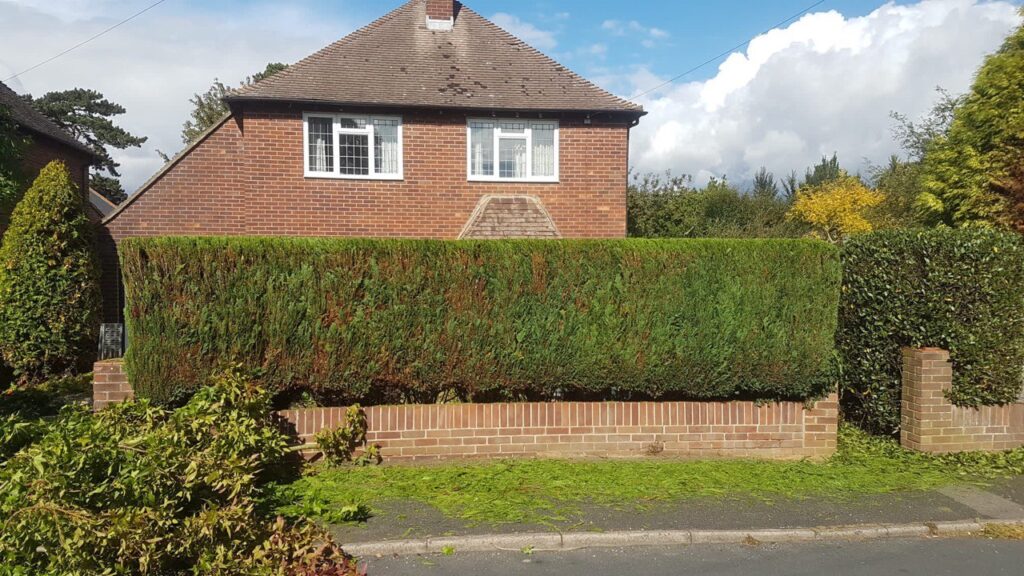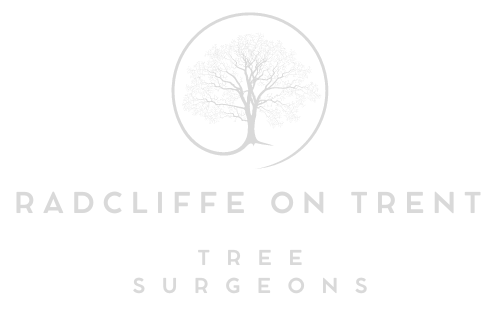How to Correct Badly Pruned Trees and Encourage Healthy Growth
Pruning is essential for maintaining the health, structure, and aesthetics of trees. However, improper pruning can cause significant harm, leading to weak growth, structural instability, and an increased risk of disease. If a tree has been badly pruned, corrective measures can help restore its health and encourage proper regrowth. In this guide, we explain how to fix pruning mistakes and ensure trees thrive once again, with expert insights from Radcliffe on Trent Tree Surgeons in Radcliffe on Trent, Nottingham.
Identifying Signs of Poor Pruning
Before making corrections, it’s important to recognise the signs of improper pruning:
- Excessive branch removal – Known as over-pruning, this weakens the tree by reducing its ability to photosynthesise.
- Stub cuts – Leaving stubs instead of making clean cuts can lead to decay and disease.
- Topping – Cutting off the main leader branches results in weak, unstable growth.
- Uneven canopy – Poorly pruned trees often develop an imbalanced shape, affecting stability.
- Tear damage – Incorrect cutting techniques may cause bark tearing, making the tree vulnerable to infection.
Steps to Correct Poor Pruning
Assess the Tree’s Condition
Begin with a thorough inspection to determine the extent of damage. Identify branches that require reshaping, as well as any signs of disease or decay. If major structural issues are present, professional intervention is recommended.
Encourage Natural Regrowth
Trees have an innate ability to recover from pruning stress. Allow some time for regrowth before making additional cuts, particularly if excessive foliage has been removed. New shoots will help to restore the tree’s energy balance.
Remove Dead or Weak Growth
Carefully trim any dead, damaged, or diseased branches to prevent further decay and improve air circulation. Use proper pruning techniques to make clean cuts at the branch collar, which promotes faster healing.
Reshape the Canopy Gradually
Rather than making drastic cuts, corrective pruning should be done over multiple seasons. Gradual reshaping allows the tree to adapt and develop stronger, healthier branches.
Avoid Over-Pruning
To prevent additional stress, never remove more than 25% of a tree’s canopy in a single pruning session. Trees rely on their foliage for energy production, and excessive cutting can slow recovery.
Improve Soil and Nutrient Support
A tree recovering from poor pruning may benefit from additional nutrients. Applying organic mulch around the base of the tree helps retain moisture and improve soil quality. If necessary, a professional tree surgeon can recommend suitable fertilisation treatments.
Monitor for Pests and Diseases
Weak trees are more susceptible to infestations and fungal infections. Regular inspections can help detect problems early, allowing for timely treatment.
Why Professional Tree Care Matters
Restoring a badly pruned tree requires skill, patience, and the right approach. Attempting DIY corrections without proper knowledge may worsen the damage. A professional tree surgeon can:
- Assess the tree’s structure and health
- Use expert pruning techniques to encourage proper regrowth
- Ensure long-term stability and aesthetic appeal
Why Choose Radcliffe on Trent Tree Surgeons?
At Radcliffe on Trent Tree Surgeons, we specialise in tree care and corrective pruning, ensuring trees regain their natural beauty and structural integrity. Our team serves Radcliffe on Trent, Nottingham, providing expert guidance and professional services tailored to each tree’s needs.
Conclusion
Bad pruning can have long-term consequences, but with the right corrective measures, trees can recover and thrive once again. By assessing the damage, pruning carefully, and providing proper care, you can restore a tree’s health and promote strong, sustainable growth.
If your trees have suffered from poor pruning and need expert attention, contact Radcliffe on Trent Tree Surgeons today. Our experienced team is ready to help bring your trees back to life with professional and effective solutions.
Call us on: 0115 647 1195
Click here to find out more about Radcliffe on Trent Tree Surgeons
Click here to complete our contact form and see how we can help with your tree needs.

